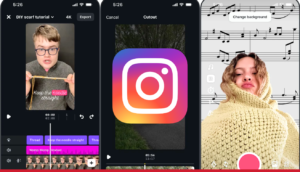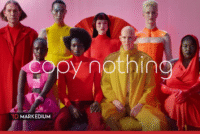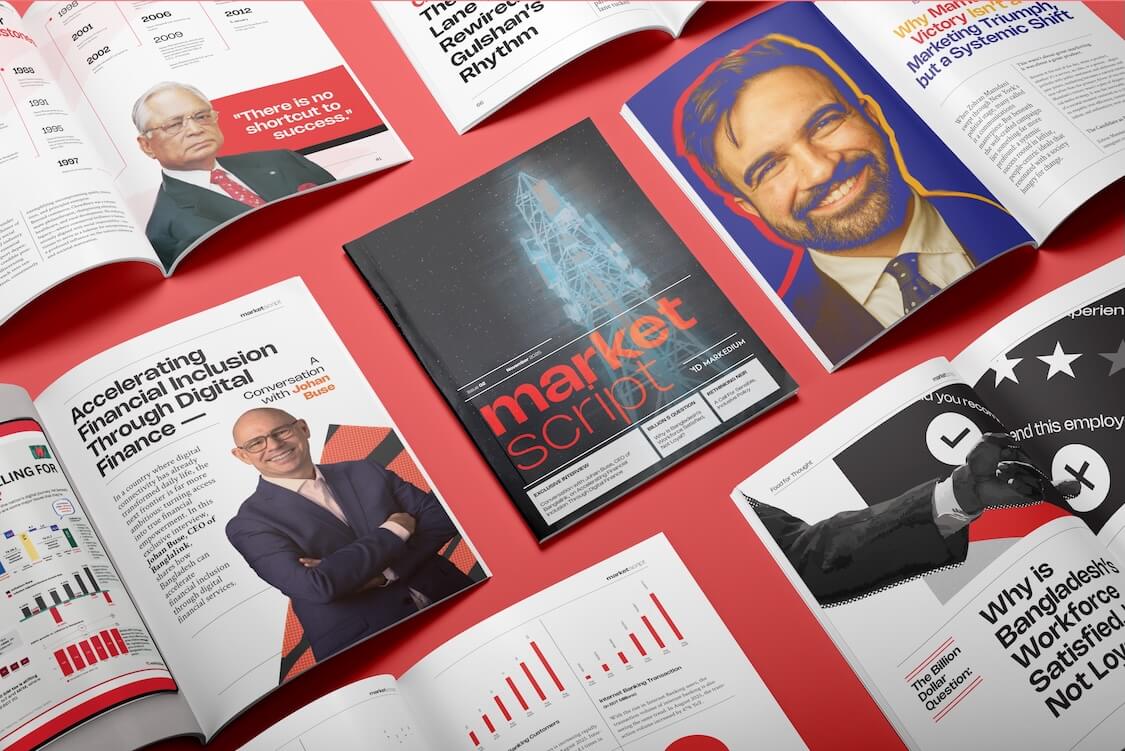The creative brief is how the client communicates their plans, ideas, concepts, goals, and expectations of their campaign with their agency. Based on those directions, the agency strategizes and carries out the activities of the campaign. So it is fairly obvious that the more detailed, precise, and clear the creative brief is, the more likely the clients are to get exactly what they want.
Unfortunately, this is where a lot of businesses fall short. There is a tendency to issue out generic briefs that have little material for agencies to go off on. The result? Agencies are forced to fill in the gaps and improvise, which often leads to failures in meeting client expectations. It is a lose-lose situation.
Read More: Starbucks: Just A Coffee Shop or A Global Bank?
So what makes a good creative brief? Well, the formula is simple. It is the age-old advice that is given to couples whenever they start having problems.
[better-ads type=”banner” banner=”9351″ campaign=”none” count=”2″ columns=”1″ orderby=”rand” order=”ASC” align=”center” show-caption=”1″ lazy-load=””][/better-ads]
“Communication is key”
When businesses come up with the idea for their next campaign, surely a lot of discussion goes into it. They go over what the business needs, what they want from their customers, and how they envision the concept of their campaign. The creative brief needs to clearly communicate the outputs of those discussions with the agency. So that once the agency gets the brief, both the agency and the client are on the same page.
To accomplish that, creative briefs need to have two aspects nailed down.
The first aspect is precision.
In the ideal brief, the client gives a detailed and precise account of what they want from the campaign. This means clearly stating the objective, audience, and expected outcome of the campaign.
The other aspect is information.
The brief needs to be highly informative with information such as the company background, project overview, products & services, market research data, past sales data, etc. The more the agency knows, the more they will be able to view the project from the client’s desired perspective.
[better-ads type=”banner” banner=”8956″ campaign=”none” count=”2″ columns=”1″ orderby=”rand” order=”ASC” align=”center” show-caption=”1″ lazy-load=””][/better-ads]
Simply saying you want a campaign to introduce your company to the youth isn’t really giving the agency that much to work on.
What do you mean by introducing? Do you want more young people to buy from you or do you just want more awareness among them? Who are these youth you are talking about? Are they 18 to 24-year-old students, or are they 20 to 30-year-old tech-savvy individuals? Do you want a higher portion of your customers to be younger people or do you want your brand to incorporate youth culture? What associations do you want your audience to think of, what emotions do you want them to feel?
[better-ads type=”banner” banner=”9351″ campaign=”none” count=”2″ columns=”1″ orderby=”rand” order=”ASC” align=”center” show-caption=”1″ lazy-load=””][/better-ads]
Two other important aspects of coming up with a great campaign are:
Open To Suggestions
This is for the Brand team. If you are working in an agency, one of the most common complaints that you probably have is that the response team or person from the brand often reluctant to listen to any suggestion from the agency side while creating a proper brief.
Now, here is the catch, just like the brand personnel understand the brand, the agency personnel understands the market. Why? Simply because they are dealing with numerous brands and have a clear idea about the audience sets in the market. So, finding the right balance of knowledge sharing between the two most important parties of the process is undoubtedly a crying need.
The Courage To Speak Up
This one is for the Agency Side. There is a long-standing proverb in the marketing industry that states-“The Client/Customer is always right!” However, that’s not the case always. So, as an agency guy, if you feel like the brand team should listen to what you have to say, you must have the courage to speak up. As in the end, the success of the brand matters, and your paycheck somehow depends on it. So, it’s a no-brainer in both cases.
So, we can say, the more questions you answer in a brief, the better your agency can deliver. After all, the better the input, the better the output. For more updates, be with Markedium.
[newsletter-pack newsletter=”5159″ style=”default” si_style=”default” title=”” show_title=”0″ icon=”” heading_color=”” heading_style=”default” title_link=”” custom-css-class=”” custom-id=””][/newsletter-pack]









































Leave a comment